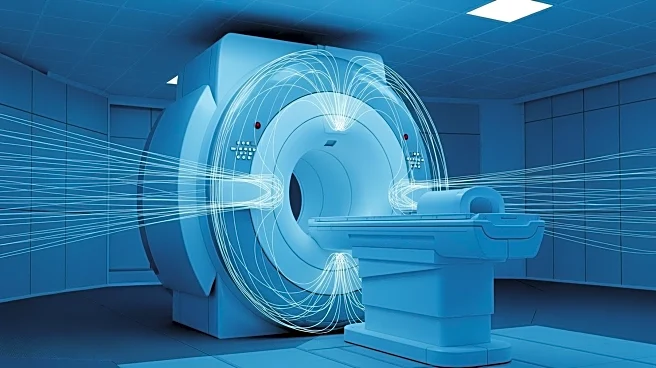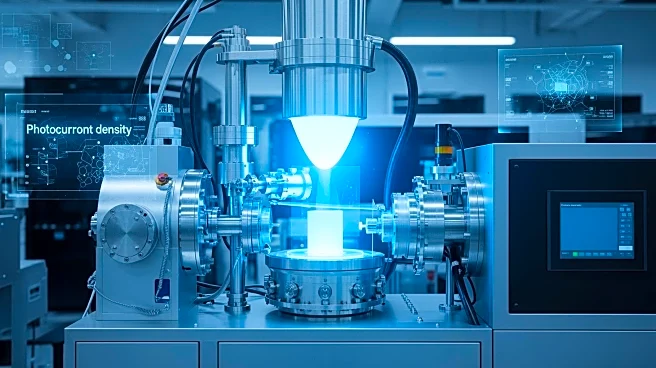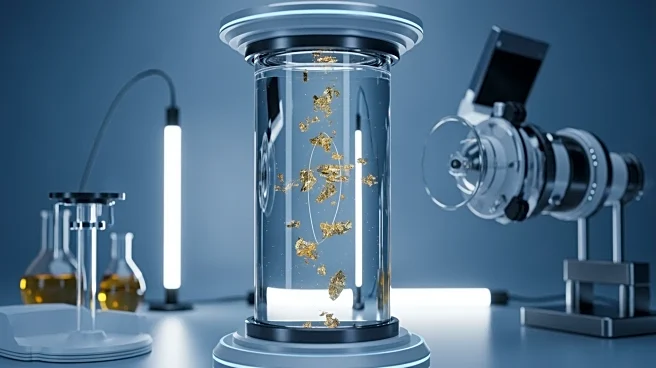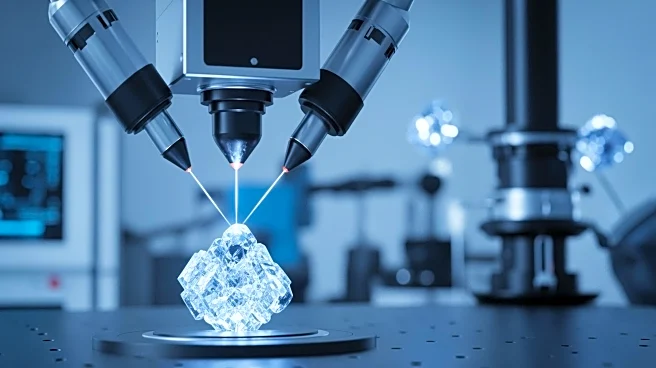What's Happening?
Researchers have made significant advancements in solid-state triplet fusion upconversion, a process with potential applications in solar cells, photoredox catalysis, and bioimaging. By utilizing surface
plasmons along a silver-film interface, the team enhanced absorption, reducing the intensity threshold by a factor of 19 and increasing external quantum efficiency by a factor of 17. This breakthrough allows for lower intensity thresholds and higher efficiency, demonstrating the viability of upconversion films in real-world applications. The research also led to the creation of a white-emitting organic light-emitting diode with improved color rendering.
Why It's Important?
This development is crucial for industries relying on efficient energy conversion and light emission technologies. The ability to achieve high efficiency at lower power densities can significantly impact solar energy harvesting and optoelectronic devices. The enhanced performance of upconversion films could lead to more sustainable and cost-effective solutions in various fields, including renewable energy and advanced manufacturing. The research sets a precedent for future innovations in solid-state lighting and energy conversion technologies.
What's Next?
The successful integration of upconversion films with organic light-emitting diodes suggests potential for further advancements in lighting and display technologies. Researchers may explore additional applications in bioimaging and photoredox catalysis, leveraging the improved efficiency and lower power requirements. Continued research could lead to new materials and methods for enhancing upconversion processes, driving innovation in energy and lighting sectors.
Beyond the Headlines
The breakthrough in triplet fusion upconversion highlights the importance of interdisciplinary research, combining materials science and photonics. The use of surface plasmons to enhance absorption demonstrates the potential for novel approaches in energy conversion. As researchers continue to explore these interactions, they may uncover new principles that could transform existing technologies and lead to unexpected applications.











